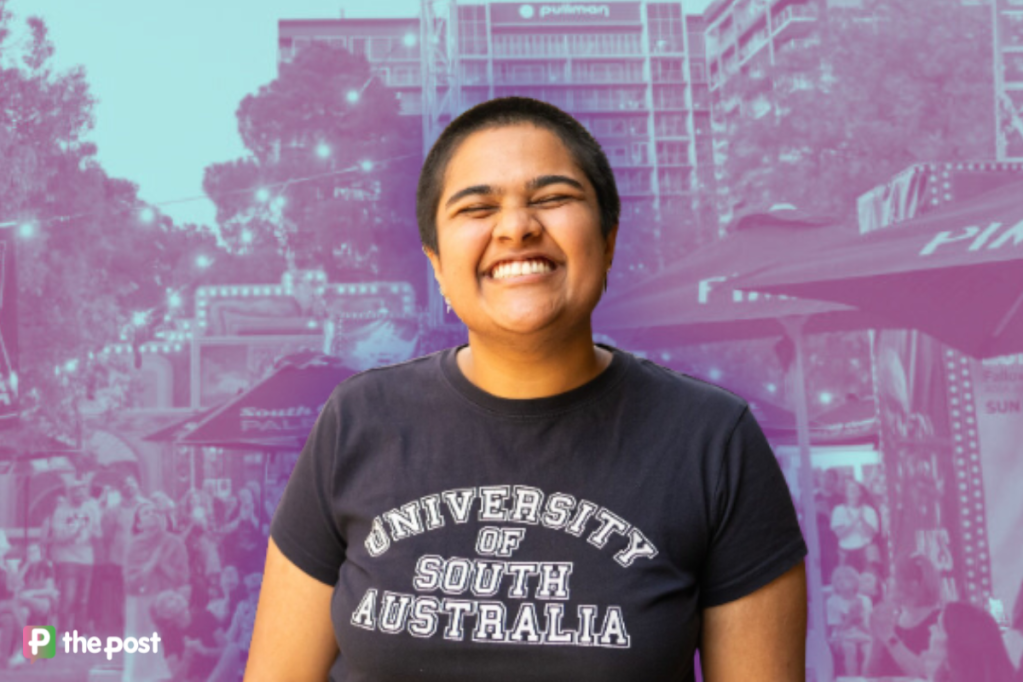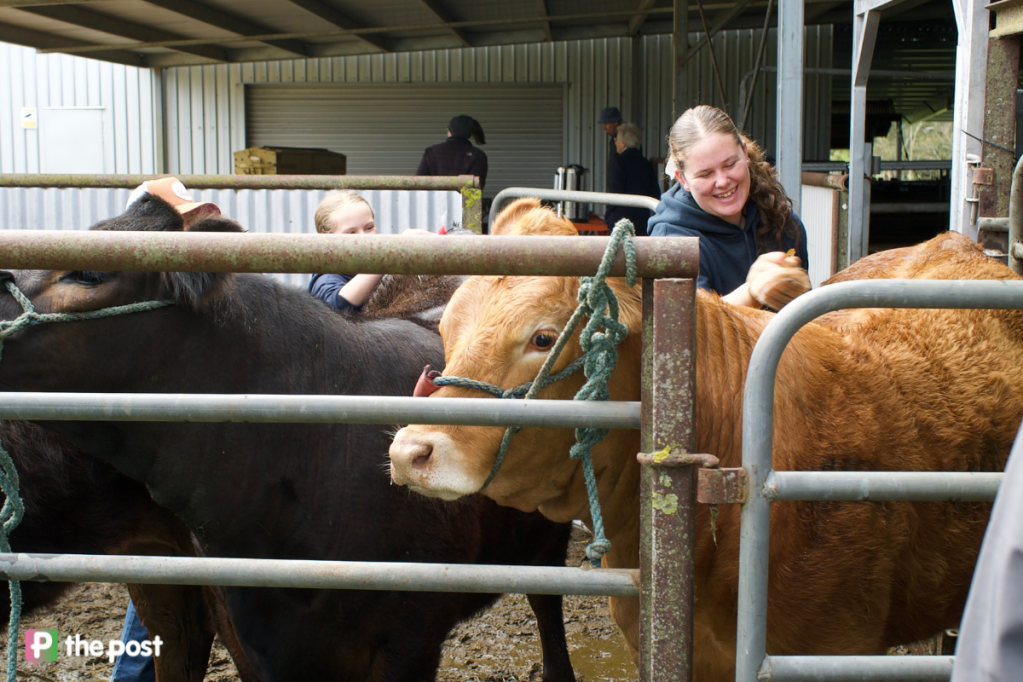United lose a lead … again
When Italians delve into sporting pages to see where teams are placed on the ladder, they might find more than 20 columns of numbers. Because for the soccer obsessive, wins, draws, losses, points and goal difference aren’t enough.

You need to know how many wins draws and losses were in home matches, how many were in away games, how many penalties your team has been awarded, how many have been given against it … and there’s more.
One of the other measures is called media inglese.
This has nothing to do with Fleet Street – the best translation is English average.
It’s an odd name because the measure isn’t used in England (indeed most fans there have probably never heard of it). But it appears it dates back to the early twentieth century and found its way to Italy where its use continued long after it was forgotten in Albion.
Most teams have a negative media inglese because it’s based on the idea that, to win a title, you should triumph in all your home games and always draw away.
When you lose a home match, your media inglese drops by three points. If you lose on the road it drops by one. Only away wins increase it.
It can be useful during seasons. For example, my team in the Italian second division is five points behind the leaders. But we’re only three behind on media inglese so when I look over to two of the ladder’s other 20+ columns, I’m not surprised to see that we’ve played five matches away and just three at home.
Of course we’ll probably manage to throw away our advantage in most of those extra home games that remain, and finish somewhere near the middle of the ladder, but I’ll just indulge in some false hope for now.
We could use it in the A-League. As recently as last week, Football Federation Australia published an article showing home teams have won 45% of all matches since the competition’s inception while away teams have won 30%.
And applied to last season’s A-League table, the top club, Melbourne Victory, had a media inglese of minus two. That’s close to the zero a team achieves if it always wins at home and draws away.
You might like
Adelaide United currently sits seventh on the ladder with two points from two games after another Friday night draw. Not great but certainly not disastrous.
But as United has played both matches at home, and home games should be wins, its media inglese is now minus four. The Adelaide team is equal bottom, with Perth Glory, on that measure.
It’s a subtle reminder that, in the fixtures that remain, the Reds will be away more often than they’re home.
And over the next four rounds, they have their three longest trips (Perth, Brisbane and Wellington) and one difficult home match against Melbourne City.
To achieve a media inglese of zero by round six, the Reds will need to win three of those four games and draw the other. I don’t like their chances.
More concerning is the possibility of losing most of those games which would see United fall well off the pace. Sure, it’s a long season but few teams at or near the bottom of the ladder in round six end up challenging for honours.
After a scrappy but pragmatic performance in the season opener against Victory, United returned to a more possession based game against Western Sydney on Friday night. Lots of passing; most of it accurate.
Which is fine, except it rarely got the Reds into threatening positions.
The Wanderers were well structured when United had possession and made it difficult for the home team to find a way through but there’s no escaping that two games have produced just one goal (which was an own goal) and few decent chances.
In fairness, new striker Eli Babalj was struggling in the first 45 minutes and came off at half time with a foot injury.
But then United coach Guillermo Amor brought winger Mate Dugandzic on for him leaving the more likely replacement, Pablo Sanchez, on the bench.
With Dugandzic going to the Reds’ attacking right, Sergio Cirio came into the centre forward position.
This was tried in United’s FFA Cup match away to Melbourne Victory last month and it didn’t work well. From wide positions Cirio is one of the best suppliers of goal scoring chances – moving him closer to the pointy end of the Reds’ attack limits his creativity.
Stay informed, daily
And Sanchez, United’s leading scorer last season, didn’t come on at all.
I was going to ask Amor why he didn’t use Sanchez. Surely he wouldn’t have been named as a substitute if he was injured?
But Tarek Elrich’s uncharacteristic error late in the match, which handed Wanderers an equalising goal, got me thinking about a subject I’ve mentioned before – often the Reds’ aren’t able to finish games off when they’re leading.
The visitors were certainly worthy as they created more chances, and better ones. It is instructive, and perhaps worrying, that Adelaide United’s best player was a centre back: Dylan McGowan. Against Melbourne Victory in round one, Osama Malik, his partner in the middle of defence, was the Reds’ best.
But many games are won with fewer chances and United was just ten minutes away from doing so. The team can’t succeed if its inability to close out matches continues.
Adelaide United W-League
When Adelaide United Women hosted Western Sydney in a W-League match at Adelaide Shores 11 months ago, 612 people turned up.
The same two teams met at the same venue on Saturday. The attendance was always going to be much higher because this time it was the opening round of the season and the Matildas’ splendid performance at the recent World Cup is fresh in the memory.
And I understand that around 36,000 people have signed an online petition calling for a fair wage for Australia’s national women’s team.
These are all intelligent people of course and not just because they know how to share their support through social media.
They know that a far better thing to do is show they care by turning up. Because as well as putting in some more dollars, that boosts crowd numbers which will help attract more coverage and sponsorship.
The match certainly deserved a big crowd. It was high quality and entertaining, with United fighting back from 0-2 down to draw 2-2.
And, seeing as you asked, the attendance was … 602.
Now look, I’m happy to help you help – even if you’re one of the slacktivists. If you want to get behind the team and the women’s game, mark down these three dates: 27 November, 3 January and 15 January.
That’s when Adelaide United Women play at Adelaide Shores (West Beach). There are only five more home matches and two of them are A-League curtain raisers at Hindmarsh. Going to those stand-alone games will be the best way of making your support count.
Paul Marcuccitti is InDaily’s soccer columnist. He is a co-presenter of 5RTI’s Soccer on 531 program which can be heard from 11am on Saturdays.
Manton St Tales will be published every Monday during the A-League season.









